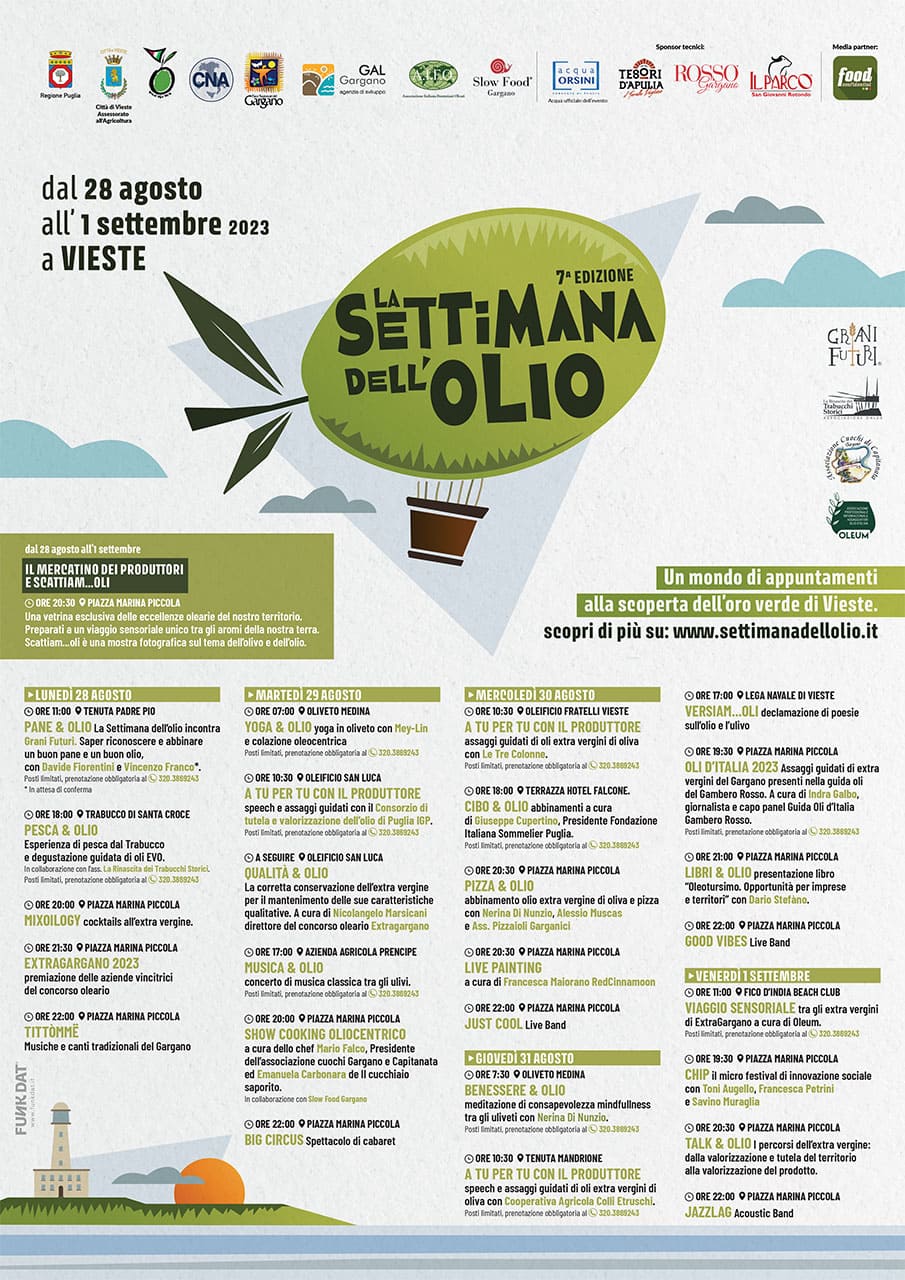Questa piazza ancora oggi si presenta come un punto nevralgico della città perchè luogo di incontro, delle sagre paesane e usato per gli intrattenimenti musicali durante le feste patronali. Negli atti della prima metà dell’Ottocento viene detta Seggio Nuovo e, dopo il 1861, fu intitolata a Vittorio Emanuele II, primo re dell’Italia unita. Il toponimo di Piazza del Fosso deriva dal fossato realizzato in epoca medievale e in uso fino al 1300 usato per il ricovero delle barche e cantiere navale. Nei registri angioini successivamente questo fossato fu riempito con materiale di riporto ed elevato di 4 metri fino a raggiungere il livello della vicina Via Pola. Il fossato però ha ceduto negli anni a causa dell’azione erosiva del mare aprendo una voragine che ha dato il nome alla piazza. Una testimonianza importante è la perizia scritta dall’ingegnere Pierfrancesco Nobile nel 1818 in cui descrive che il mare ha aperto un buco alla base delle mura urbiche ed ha creato una voragine ampia circa due metri con conseguente trascinamento dei detriti. Alla piazza si accedeva attraverso la Porta di Basso, detta anche “di Mare”, la quale era munita di due torri di guardia: una quadrata a sinistra, non più esistente, e l’altra a destra a base circolare, della quale rimane un accenno cilindrico, con il San Michele nella sua nicchia collocato nel 1657 quale ringraziamento per lo scampato pericolo dalla terribile epidemia di peste.
This square still presents itself as a nerve point of the city because it is a meeting place, of the village festivals and used for musical entertainment during the patronal celebrations. In the acts of the first half of the nineteenth century it is called the New Seat and, after 1861, it was named after Victor Emmanuel II, first king of united Italy. The place name of Piazza del Fosso comes from the moat built in medieval times and used until 1300 for the shelter of boats and shipyards. In the Angioini records later this ditch was filled with retaining material and raised by 4 meters. However, the moat has collapsed over the years due to the erosive action of the sea opening a chasm that gave its name to the square. An important testimony is the report written by the engineer Pierfrancesco Nobile in 1818 in which he describes how the sea opened a break at the base of the city walls and created a hole about two meters wide with consequent dragging of the debris. In the past the square was accessed through the Porta di Basso, also called “of the Sea”, which was equipped with two watchtowers: a square on the left, no longer existing, and the other on the right with a circular base, with a niche of the Saint Michael placed here in 1657 as a thank you for the escaped danger from the terrible plague epidemic.















